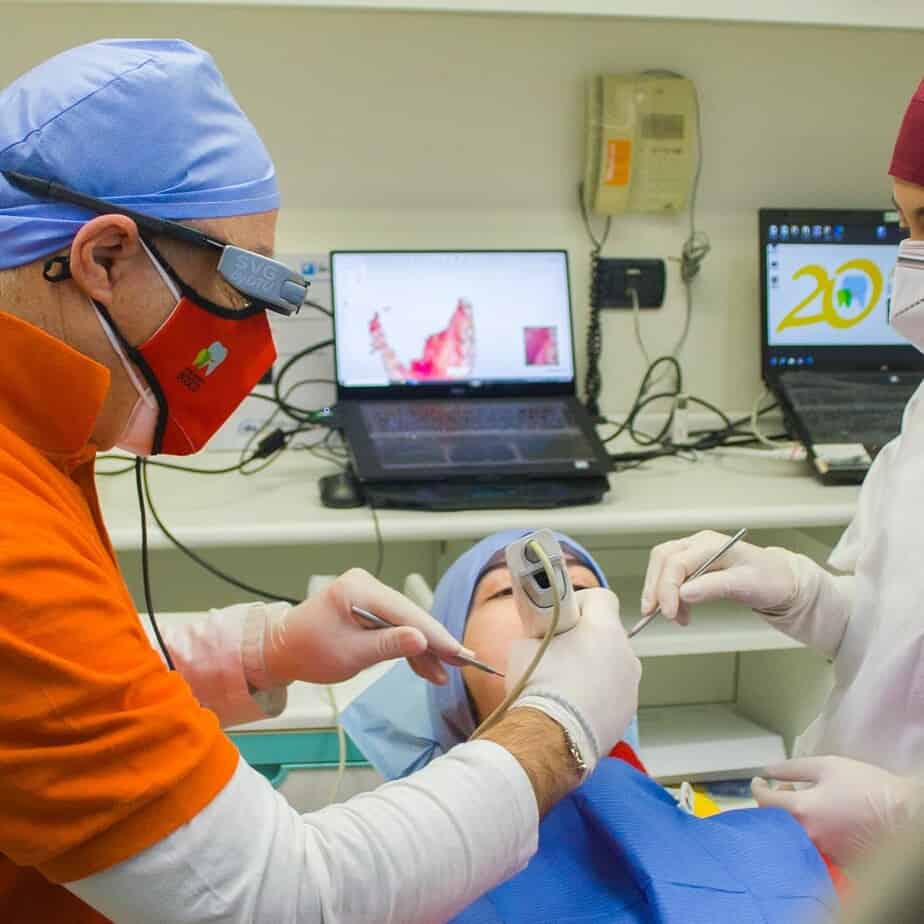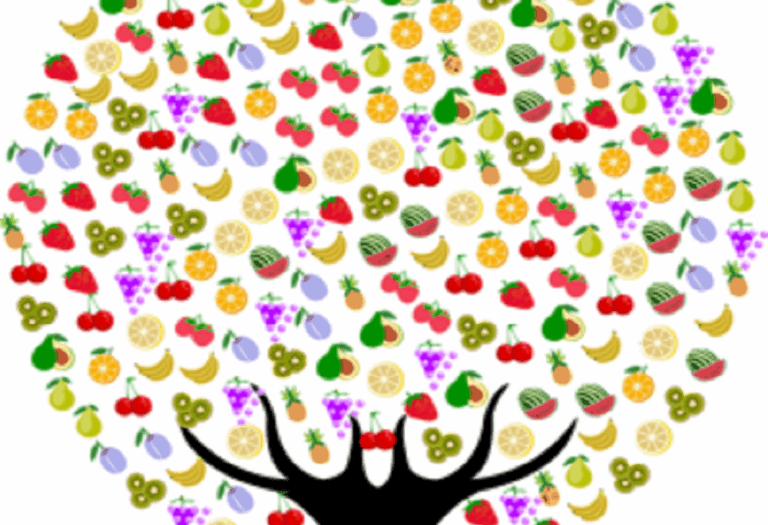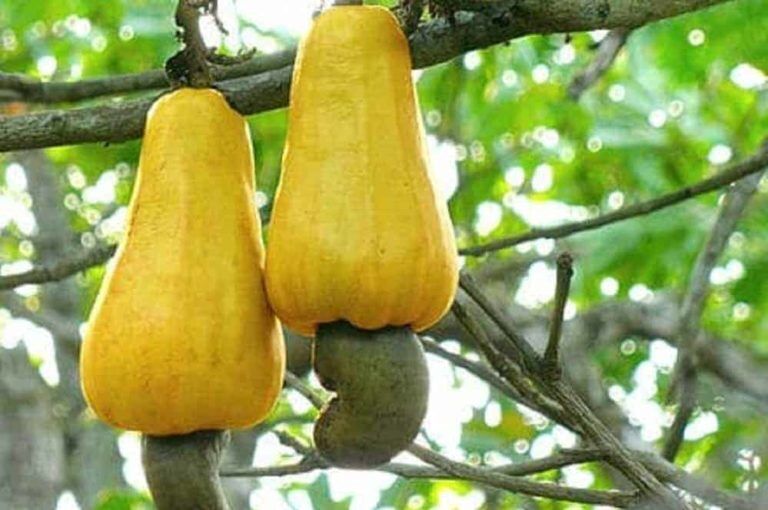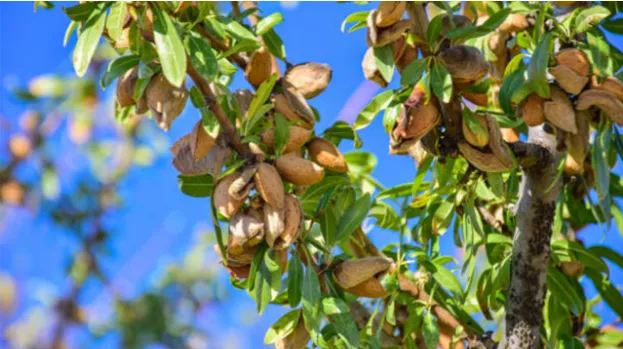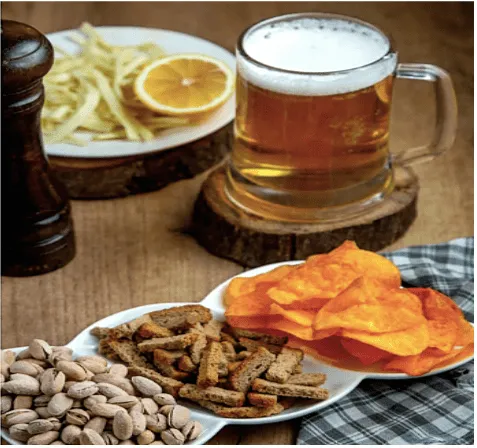Your cart is currently empty!
Pine Nut Syndrome
Pine Nut Syndrome is an uncommon yet potentially severe reaction to eating certain types of pine nuts. It is an allergic reaction that can cause a range of symptoms. Certainly, it is not life-threatening. Understanding the causes, symptoms, diagnosis, and treatment of Pine Nut Syndrome is essential for those allergic to pine nuts. Medical professionals may encounter this syndrome in their practice. Therefore, it is good for these caregivers to be aware of it.
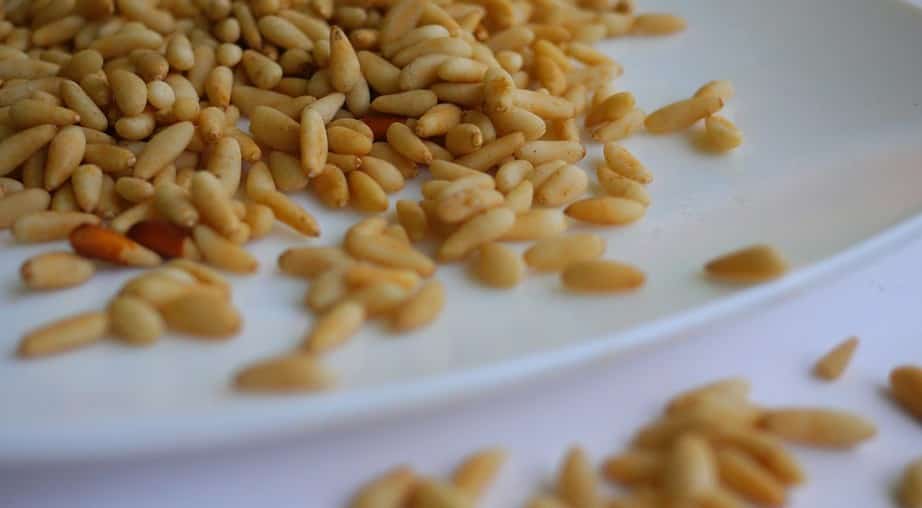
What Is The Cause Of Pine Nut Syndrome?
Pine Nut Syndrome is an allergic reaction to the consumption of certain types of pine nuts. It is caused by an allergen found in some varieties of pine nuts, which typically causes an immune system reaction that results in various symptoms. These symptoms can range from mild to severe. Many call this reaction “Pine Mouth.” It is a condition that occurs a few days after eating a specific type of Chinese pine nut. Unfortunately, this specific pine nut is the most common commercially.
Pinus Armandii is what is known to scientists as the Chinese white pine. There is certainly a lack of understanding of what causes Pine Mouth. It is unknown if the condition is caused by the pine nut or the chemicals used in the extraction process.
A friend, Itai, shared his affliction with an allergic reaction to raw pine nuts. Since I had never heard of this before, I started researching. As it turns out, my friend has a very common reaction. Throughout my research, I learned that people allergic to Chinese pine nuts do not react to the Italian, also called Mediterranean, pine nuts.
Chinese Vs. Italian Pine Nuts: What You Need To Know
Pine Nut Syndrome is believed to be caused by a protein in the nut. While all pine nuts contain proteins, only certain varieties appear to contain this specific allergen. It is almost a guarantee that every single restaurant serving pine nuts is serving Chinese pine nuts. They are the industrial and commercial varieties. The reason for this is that China offers the lowest-cost pine nut. Getting the pine nut out of a pine cone is very labor-intensive.
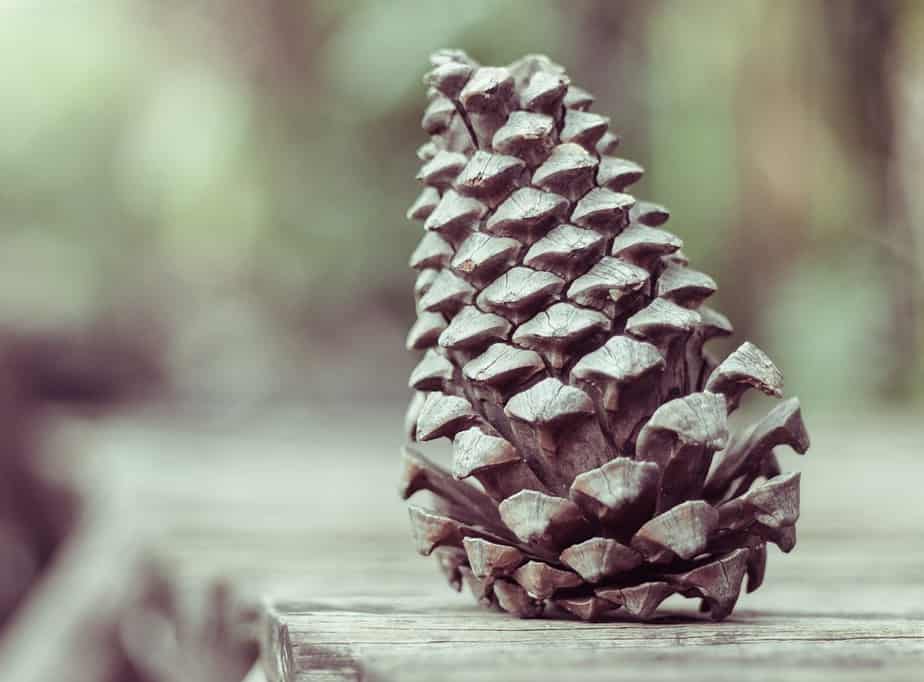
On the other hand, Italian, also called Mediterranean pine nuts, are expensive. Currently, an Italian pine nut is three times more in price. They can be found in specialty stores or online. But, at that price, a rare few restaurants would serve the Italian variety of pine nuts. It is also referred to as Pinoli Italiani. The Italian variety looks long and oval, while the Chinese look teardrop shaped.
Symptoms
Within 48 hours of eating these nuts, you get a long-lasting foul, bitter taste in your mouth for several days or weeks. It affects everything you eat and drink. Some have described the effect as ‘losing your ability to taste.’
Other rare symptoms of Pine Nut Syndrome include abdominal pain, nausea, vomiting, and diarrhea. There has never been a reported case of anaphylaxis, a life-threatening allergic reaction. The issue is more about comfort. It is important to note that the symptoms of Pine Nut Syndrome can vary from person to person and can even be delayed for several hours after consuming the allergenic pine nuts. Most reactions include hives, swelling, itching, coughing, and difficulty breathing.
Individuals should be aware of cross-contamination risks by avoiding products that contain pine nuts. If left untreated, the symptoms can worsen. Your doctor may recommend an epinephrine auto-injector, a device that can quickly inject an epinephrine dose in the event of an allergic reaction.
Treatment
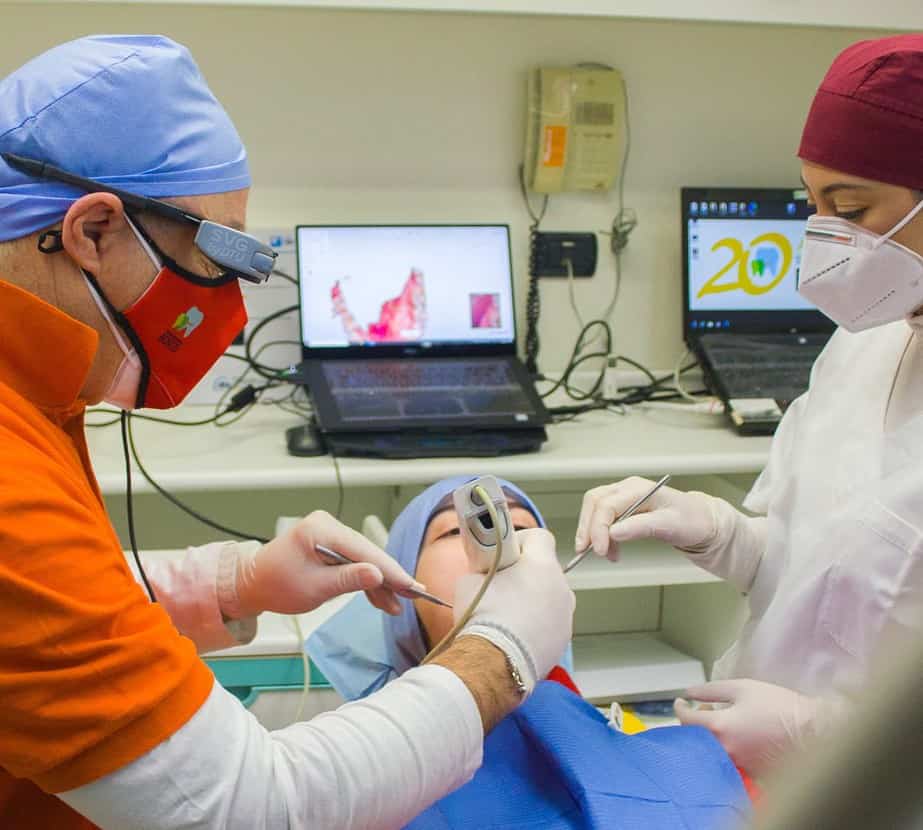
Pine Nut Syndrome is diagnosed based on a person’s history and physical examination. If a doctor suspects a person has Pine Nut Syndrome, they may refer them to a specialist such as an allergist or immunologist for further testing. Treatment may include medications such as antihistamines and epinephrine injections. In addition, individuals with this condition need to avoid exposure to the allergen by avoiding eating pine nuts. This is odd even in the medical industry considering the long history of the medical uses of pine nuts.
How To Reduce The Risk Of Exposure To Pine Nuts
Sometimes, a doctor may recommend an elimination diet to identify the specific allergen causing the reaction. This involves removing all potential allergens from the diet and reintroducing them one at a time to identify the allergen causing the reaction. Working with a doctor or dietitian is important to ensure that the elimination diet is done safely and correctly.
Additionally, your doctor may recommend avoiding ordering likely pine nuts recipes in restaurants. The one that comes to mind is pesto. I wrote a complete history of pesto. Pesto is by far the most common recipe using pine nuts. Reading food labels carefully and asking questions when eating out is important. Extremely common is that restaurants have already removed pine nuts because of their high expense. It is the cashew that has replaced the pine nut in many restaurants. Finally, individuals should be aware of the potential for cross-contamination in shared kitchen spaces, such as restaurants, and should take extra precautions when eating in these environments.
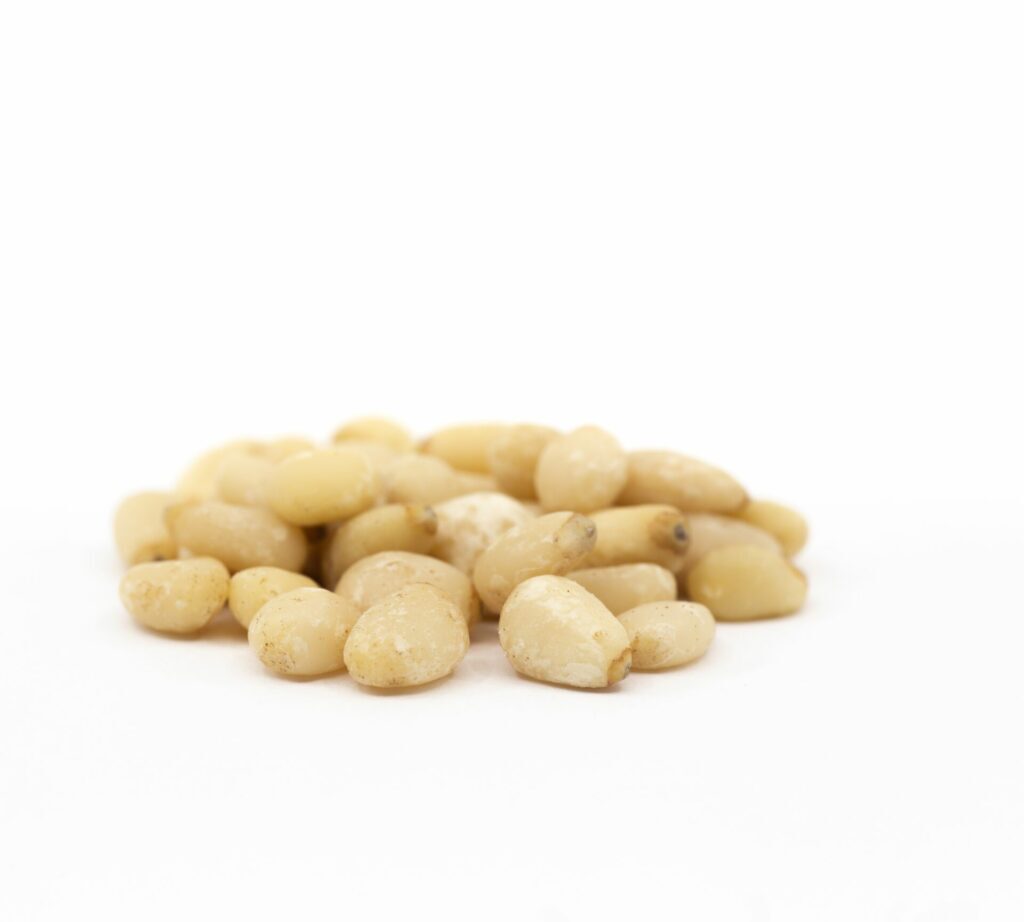
Is Pine Nut Syndrome Common?
Pine Nut Syndrome is considered to be a rare but potentially serious condition. The exact prevalence of this condition is unknown, but it is estimated to affect only a small number of people. Pine Nut Syndrome was first reported in the late 19th century. It was not officially recognized until the late 20th century. In recent years awareness of this condition has increased, resulting in more research and understanding of the syndrome’s causes. Still, there is no specific answer as to the cause.

